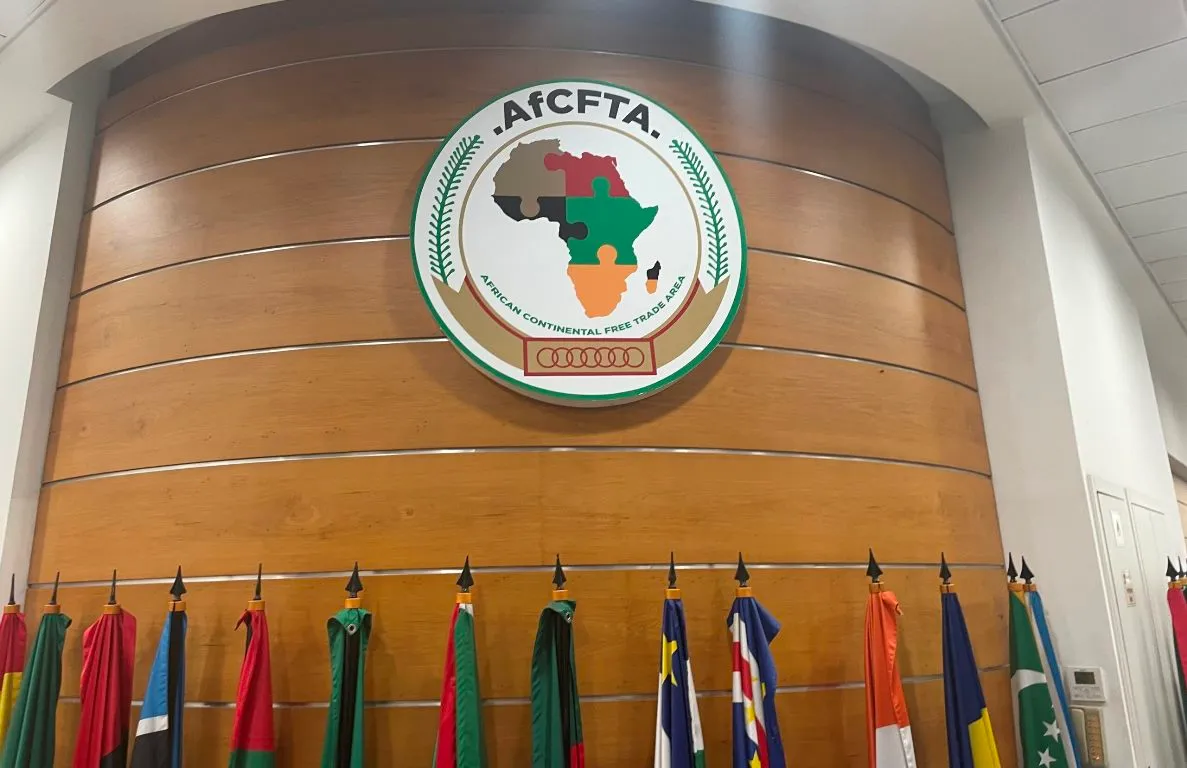Nigerian banks and discount houses borrowed N3 trillion from the Central Bank of Nigeria through the Standing Lending Facility in a single week, according to Afrinvest Research.
During the same period, the lenders and discount houses, deposited N493.6 billion via the Standing Deposit Facility.
According to the report, the surge in borrowing led to a 4.7 per cent rise in system liquidity, which now totals N712.3 billion.
The Standing Lending Facility and Standing Deposit Facility are tools employed by the CBN to manage money supply and liquidity in the financial sector.
The CBN recently issued a new directive aimed at boosting lending to the real sector, effective from April, indicating a shift towards a contractionary monetary policy.
Additionally, the central bank lifted the suspension on the Standing Lending Facility for authorized dealers and adjusted the upper corridor of the standing facilities to five percent from one percent around the Monetary Policy Rate.
Afrinvest noted that the increased borrowing reflects higher demand for short-term liquidity.
Despite the liquidity boost, inter-bank lending rates showed mixed results: the Open Purchase Rate fell by five basis points to 31.2 per cent, while the Overnight Rate rose by three basis points to 31.7 percent.
In response to rising liquidity, the Debt Management Office reduced interest rates last week to facilitate more favorable borrowing conditions.
Afrinvest Research reported the successful launch of Nigeria’s first dollar-denominated bond, aimed at raising $500m to address the 2024 fiscal deficit.
The five-year bond was oversubscribed by $400 million, reflecting strong investor demand.
Afrinvest analysts believe that the interest rate cut and robust bond demand indicate growing investor confidence in Nigeria’s financial markets.
They anticipate that these developments will impact market behaviour and borrowing strategies as liquidity conditions evolve.
Commenting, an economist at Ajayi Crowther University, Segun Ogundare, explained that central banks serve as lenders of last resort, usually offering short-term loans at high rates to banks facing liquidity constraints.
He noted that frequent borrowing from the central bank might signal underlying issues, cautioning that persistent liquidity shortages could pose serious financial challenges for banks, including the risk of liquidation, as evidenced by the situation with Heritage Bank.
“Central banks typically lend at high rates because the loans they offer to banks are short-term. Banks can approach the Central Bank of Nigeria for different reasons. Maybe they are running low on liquidity or have over-traded and need to restore balance. They might also rush to the CBN to cover themselves or take advantage of opportunities in the money market.
“Sometimes, customers come in large numbers, and banks might find that more money is leaving than coming in. This can cause an imbalance. If this becomes a regular occurrence, it can become a big problem. If not handled properly, some banks could even go into liquidation, as we have seen with cases like Heritage Bank,” he added.
A broker and board member of Highcap Securities, David Adonri noted that banks usually turn to the CBN’s Standing Lending Facility to manage temporary liquidity shortages or to capitalize on short-term financial opportunities.
According to Adonri, system liquidity can increase when short-term public debt matures, Federation Account Allocation Committee funds are distributed, or deposit liabilities rise.
He explained that these actions inject funds into the banking system, thereby raising overall liquidity levels.
“CBN is a lender of last resort. Banks usually have recourse to SLF to borrow from CBN to meet temporary liquidity shortfalls or to finance emerging short-term opportunities. Whenever maturing short-term public debt is redeemed or FAAC is distributed or deposit liability increases, system liquidity can rise,” he stated.
He further highlighted that increased borrowing through the Standing Lending Facility could temporarily boost banking system liquidity. However, he cautioned that this could have downsides for banks, stating, “The interest obligation arising from such borrowing can harm a bank’s treasury if the on-lending does not cover the interest expenses.
“Moreover, the injection of large sums of money into the banking system within a short period may contradict the CBN’s policy goals.”











